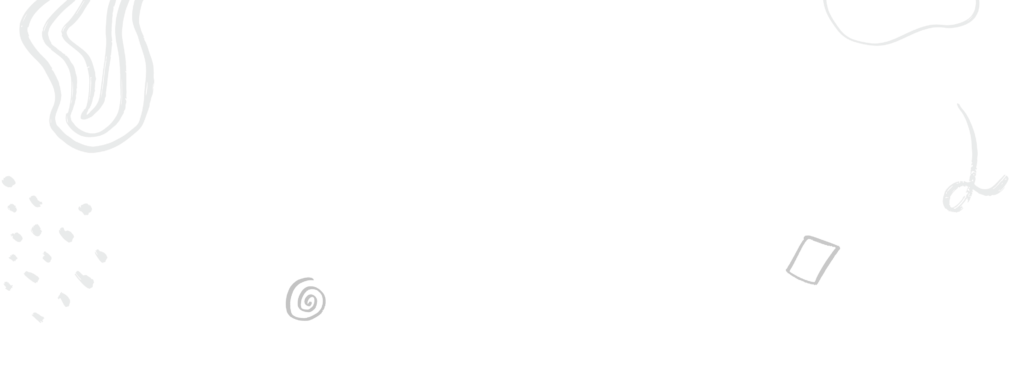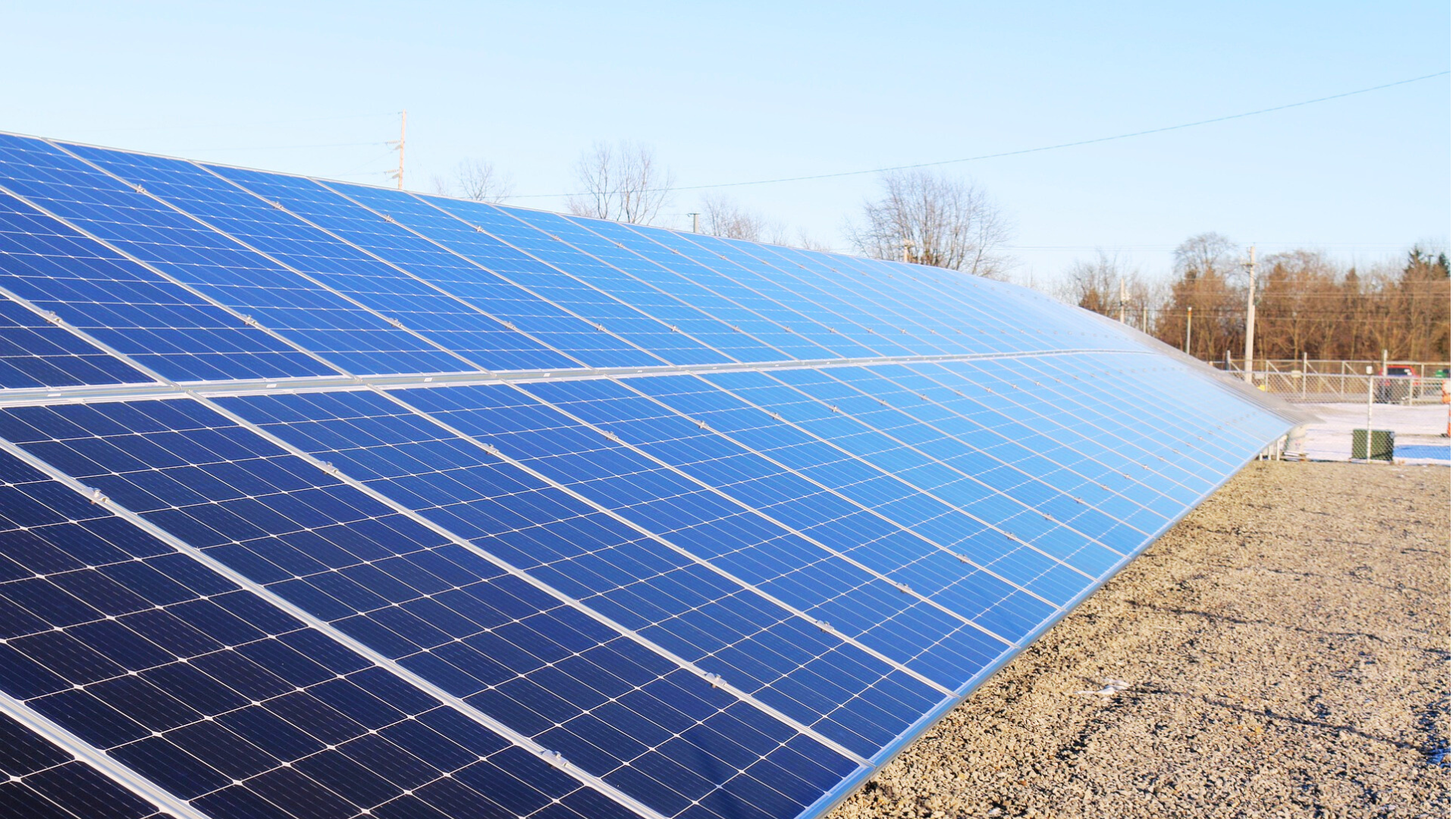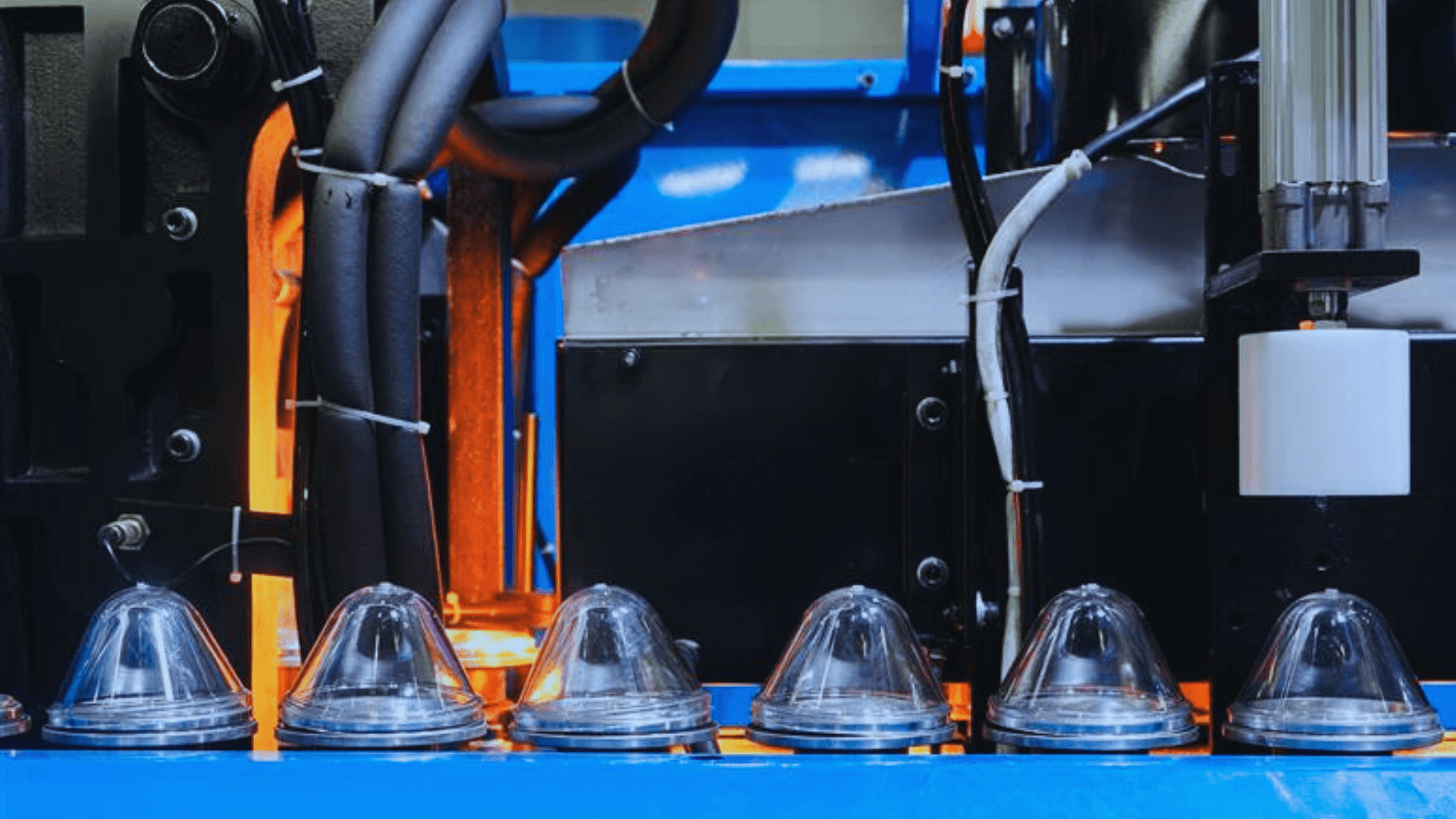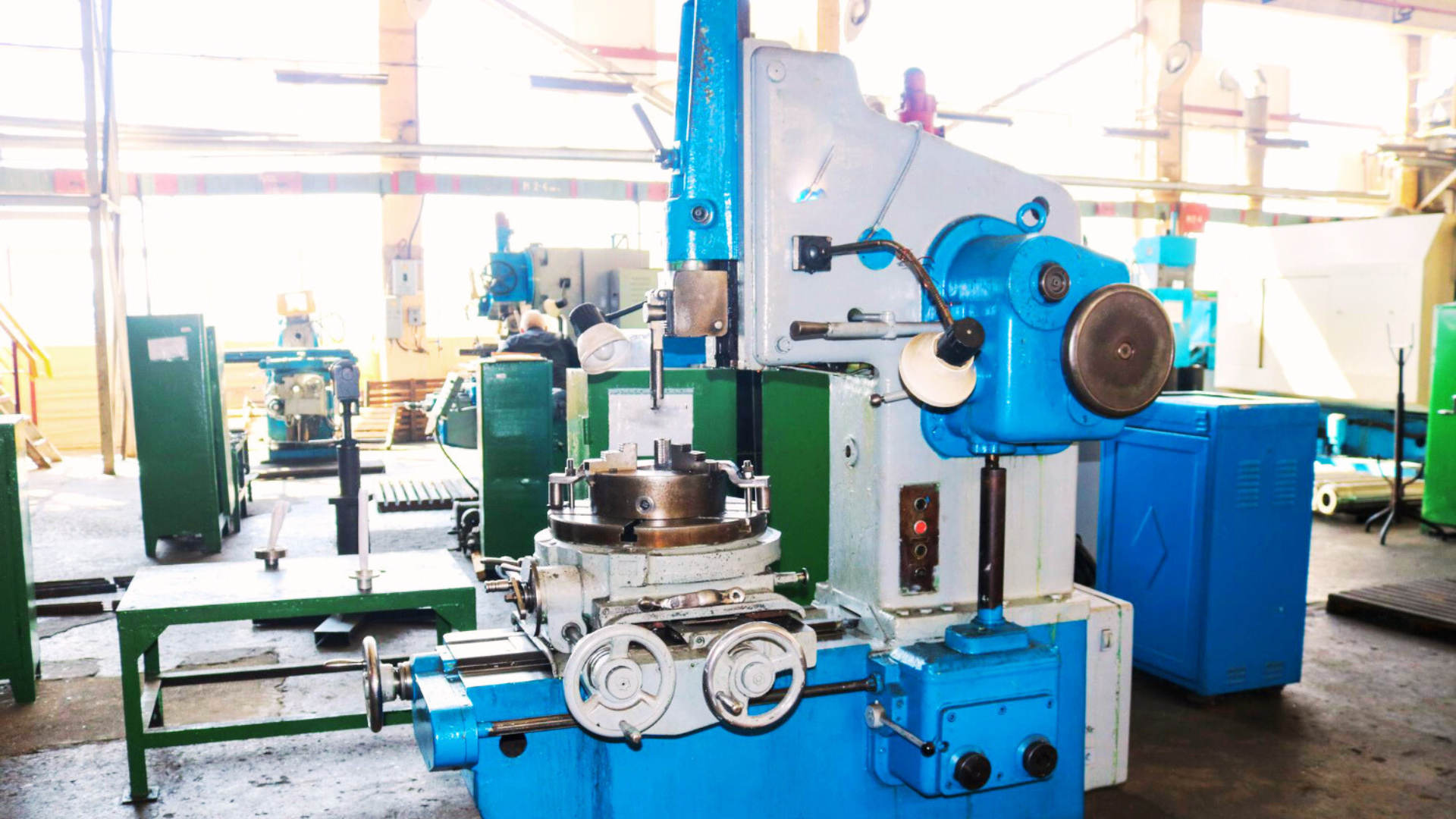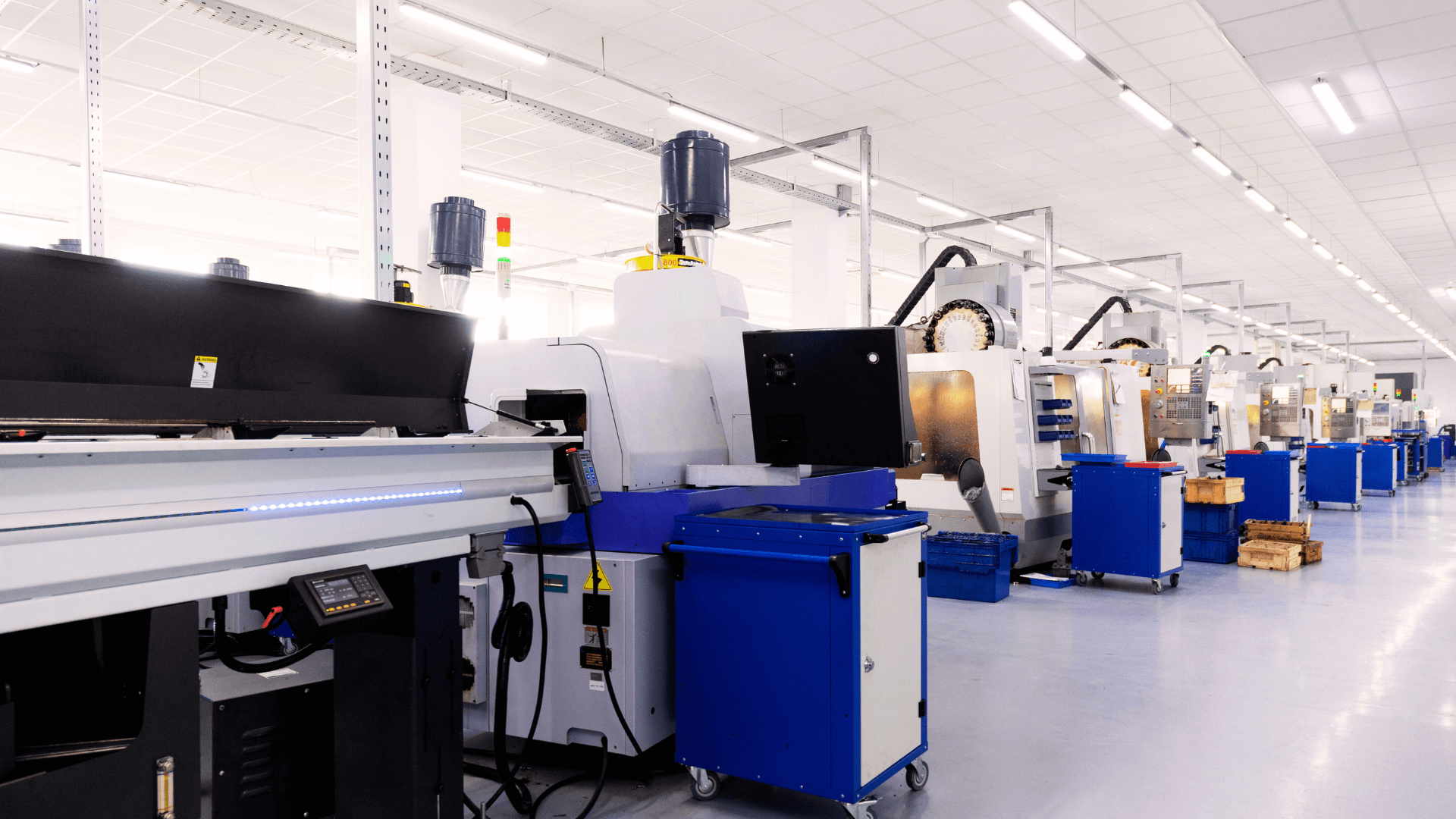Financing your new CNC machine can help you acquire a cutting-edge machine while preserving working capital and cash flow. Whether you are just starting your workshop or are an established manufacturer seeking to upgrade to the latest CNC machine, each financing process offers unique benefits.
Below, we examine nine CNC machine financing routes — balancing cost, flexibility, and risk — for your business needs.
Why Financing Your CNC Machine Makes Smart Business Sense
Paying cash for a CNC machine ties up funds you might need for inventory, payroll, or some unexpected expenses. By securing a loan, you can:
- Preserve working capital while gaining immediate access to a CNC machine
- Upgrade faster with an early buy-out or equipment exchange
- Negotiate repayment schedules to align with revenue cycles
- Maintain cash flow to support ongoing business growth
Timely repayments also enhance your eligibility and credit bureau scores for future lending and strengthen lender relationships.
Option 1 – Traditional CNC Machine Loan Options
It is common for businesses to acquire a standard CNC machine loan from banks.
- Term: 3–7 years with structured repayment schedules
- Interest rates: Fixed for predictability or variable to potentially lower costs
- Requirements: Good credit score, robust documentation during the application process, and collateral such as property or equipment
Pros: Competitive rates, clear repayment terms and lender support
Cons: Strict eligibility criteria and lengthier approval than some alternatives
Option 2 – Equipment Financing Solutions for New CNC Machinery
Equipment financing uses the CNC machine you are buying as collateral, reducing unsecured debt, which means a lower interest rate. Such financing solutions are available from banks or Non-Banking Financial Companies (NBFCs).
- Down Payment: Typically 10–20%
- Term: 2–5 years
- Extras: Lenders often bundle service and maintenance with the finance option
Pros: Preserves other credit lines and lower interest rates than many other finance options
Cons: The Equipment is collateral and could be repossessed if you fail to repay the loan
Find out your eligibility and fast-track your loan application with the EFL Clik App.
Option 3 – Leasing CNC Machines
Leasing lets you operate a CNC machine without full ownership.
- Operating lease: Lower monthly payment, no purchase obligation
- Capital lease: Option to own at term end
Pro: Provides flexibility and predictable costs
Con: The total expenditure may exceed the outright purchase price
Option 4 – Vendor Financing or In-House Instalment Plans
Many vendors offer CNC machine financing directly, simplifying purchase and support.
- Pros: Quick approval, bundled training and service agreements
- Cons: Rates and fees may end up being higher than external lenders
This streamlined approach suits businesses prioritising ease of purchase and one-stop support.
Option 5 – Government Financing and Incentives for CNC Machinery
The central government of India runs several schemes to encourage business owners to expand, improve, and scale up their businesses. These include grants, subsidies, and tax credits to reduce the net cost.
Subsidies
- Special Credit Linked Capital Subsidy Scheme (SCLCSS): The scheme offers a 25% capital subsidy capped at ₹25 lakh for SC/ST entrepreneurs starting MSMEs.
- Prime Minister’s Employment Generation Programme (PMEGP): This scheme aims to provide financial assistance to entrepreneurs aiming to establish new enterprises.
Tax breaks
Section 32 of the IT Act of 1961 allows for accelerated depreciation to allow for a higher write-off in the first few years of the equipment’s life. Check the eligibility criteria early, as application windows can be limited. These tax breaks can be availed along with any other financing option.
Option 6 – Hire Purchase Agreements
Hire purchase agreements spread the cost of the CNC machine over instalments. At the end of the term, as the machinery is paid for in full (all instalments are paid), the hirer gets ownership of the equipment.
- Deposit: 10–30%
- Term: 2–6 years
- Ownership: Transfers after final repayment
Pros: Convenient payment schedules, smaller instalments, and ownership at the end of the term
Cons: Vendor retains ownership of the machine until the term ends, which could cost more than if you just purchase the equipment
Expect fixed repayment schedules but watch for early-termination penalties that affect the total cost.
Option 7 – Asset-Based Lending and Machinery Loan
Leverage existing assets — inventory, receivables or older machinery — to secure capital to purchase CNC machines.
- Advance rate: 70–85% of collateral value
- Use of funds: Broad flexibility for CNC machine financing or other business needs
Ideal for businesses with substantial assets but limited liquid funds.
Option 8 – Alternative CNC Finance Options: Crowdfunding and P2P Lending
Non-traditional routes can speed approvals and broaden lender pools.
- Crowdfunding: Raise small investments from many backers in exchange for early access or discounts on services.
- Peer-to-peer lending: Borrow directly from individuals on online platforms.
Research platform fees and service records thoroughly before committing to any of the non-traditional financing alternatives.
How to Choose the Right Finance Option
A concise side-by-side comparison chart or a pros-and-cons list can help you choose between your options, whether it is banks, NBFCs, or online loans. However, these steps can help you clarify which finance option best aligns with your business needs.
- Assess cash flow: Match repayment to revenue patterns
- Compare total cost: Include interest rates, fees and penalties
- Review eligibility: Credit score, collateral, and application process requirements
- Evaluate flexibility: Early repayment, upgrades or buy-out options
- Understand tax impact: Utilise depreciation and interest deductions
Final Thoughts: Investing in a CNC Machine Without Breaking the Bank
CNC machine financing unlocks productivity gains immediately while preserving your cash reserves. Balance the interest rates, term lengths, and eligibility to select a finance option that supports sustainable business growth and optimises your operations.
FAQs
What is the most common way to finance a CNC machine?
A CNC machine loan from a bank or an equipment financing company remains the most popular of all CNC machine financing options available due to structured terms and competitive interest rates.
Can I lease a CNC machine instead of buying it outright?
Yes. A lease reduces upfront cost and keeps payments predictable, though ownership requires a capital lease or rent-to-own plan.
What’s the difference between leasing and rent-to-own deals?
A lease provides use without ownership, whereas rent-to-own applies rental payments toward a fixed buy-out price.
Does vendor financing include service and support?
Often, yes. Supplier-led CNC machine financing commonly bundles maintenance, training and warranties for seamless integration.
How do I apply for a CNC machine finance plan?
Begin the loan application by gathering financials (tax returns, bank statements), completing the lender’s paperwork, selecting your loan amount and term, then submitting supporting documents to your chosen lender or supplier.
